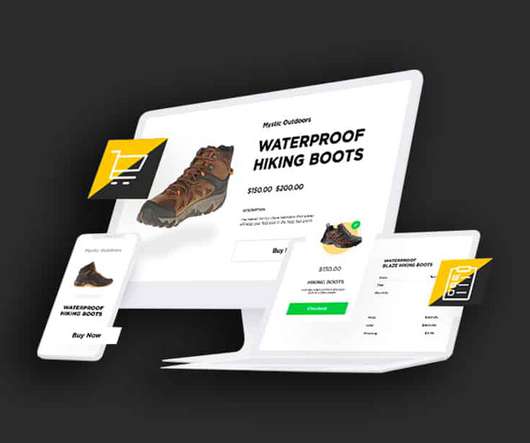What is microservices-based ecommerce and why is it important?
Kibo
FEBRUARY 24, 2022
Below, we provide a definition for microservices-based ecommerce, list some of the key benefits of moving to this approach, and explain how it can make it possible to deliver exceptional omnichannel shopping experiences in 2022. What is ecommerce microservices architecture? the online storefront that customers use).













Let's personalize your content